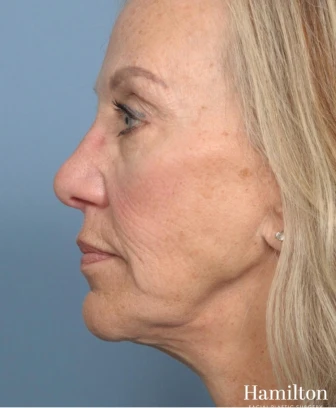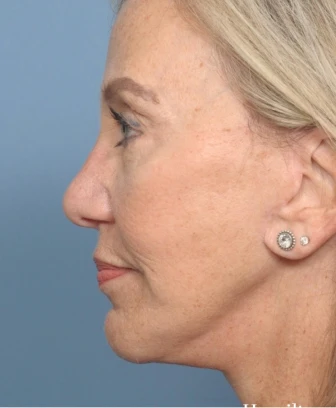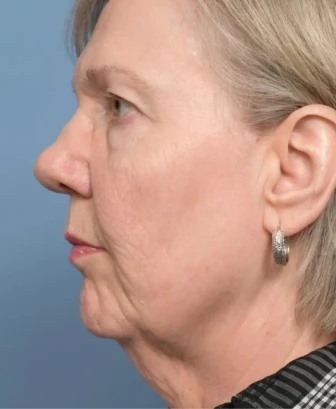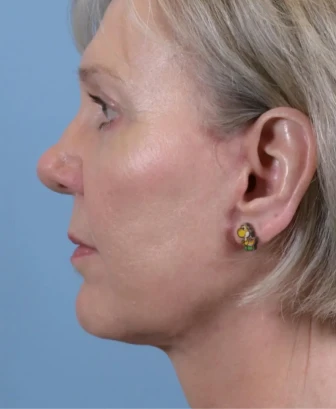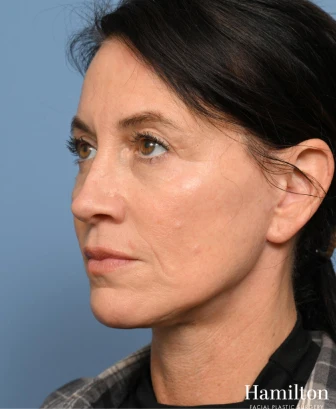Challenges in Ethnic Rhinoplasty
By Dr. Mark Hamilton
 Augmentation of the dorsum (top) of the nose is often part of ethnic rhinoplasty (common in patients of Asian descent).
Augmentation of the dorsum (top) of the nose is often part of ethnic rhinoplasty (common in patients of Asian descent).
The best way to augment this area is with natural tissues- either cartilage from the nose or rib or donated rib.
For simplicity, some surgeons will use implant materials such as silicone. Unfortunately these are predisposed to
infection and extrusion (moving and displacement). Because of this most facial plastic surgeons recommend using natural materials.
An augmentation that was done with silastic material or is unsatisfactory can be corrected. This would involve a procedure where the silastic( or other synthetic implants) material would be removed and at the same time a new natural material placed. This is often done with a patients own cartilage, either from the nose (septal), ear (conchal), or the rib. When a great deal of augmentation is needed, rib is the material of choice.
One option instead of using a patient’s own rib is cadaveric rib. Several recent studies have showed long term stability and good results making this a preferred material for many surgeons. In addition, using cadaveric tissue avoids a second surgery site and the risk associated with rib harvest.
Whatever material is used, it can be contoured to the new desired profile. Video imaging before surgery is a great way to make sure the surgeon and the patient have the same goals in mind. Most experienced facial plastic surgeons have this technology.
The first step when considering asian rhinoplasty is a consultation with a facial plastic surgeon experienced in cosmetic nasal surgery.

 Augmentation of the dorsum (top) of the nose is often part of ethnic rhinoplasty (common in patients of Asian descent).
Augmentation of the dorsum (top) of the nose is often part of ethnic rhinoplasty (common in patients of Asian descent).